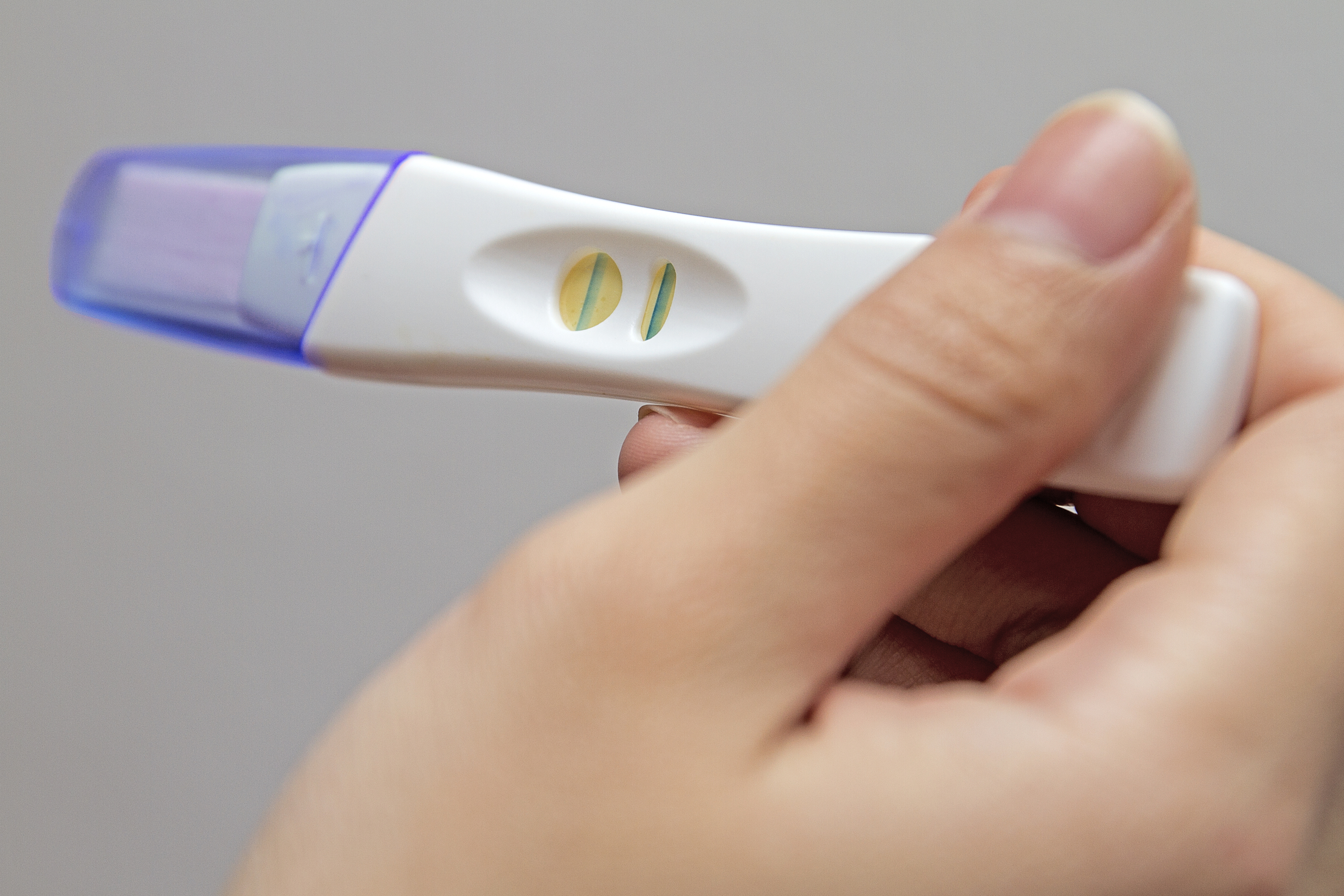
Teen Pregnancy Test: A Comprehensive Guide
Introduction
Teenage pregnancy remains a prevalent issue worldwide, with significant implications for both the mother and child. Early detection is crucial to ensure timely access to prenatal care, reduce adverse outcomes, and empower young women to make informed decisions about their future. Teen pregnancy tests play a vital role in this process, providing a convenient and reliable method for early detection. This comprehensive guide will delve into the various types of teen pregnancy tests, their accuracy, interpretation, and the importance of seeking professional guidance.
Types of Teen Pregnancy Tests
1. Urine Tests:
- Over-the-counter (OTC) tests: These are widely available at pharmacies and retail stores. They detect the presence of human chorionic gonadotropin (hCG), a hormone produced by the placenta during pregnancy. OTC tests are typically sensitive enough to detect hCG levels as low as 20-25 mIU/mL.
- Laboratory-grade tests: These tests are performed in a clinical setting and offer higher sensitivity than OTC tests, detecting hCG levels as low as 5 mIU/mL.
2. Blood Tests:
- Quantitative hCG test: This test measures the exact amount of hCG in the blood, providing a more precise indication of pregnancy status.
- Qualitative hCG test: This test simply confirms the presence or absence of hCG in the blood.
Accuracy of Teen Pregnancy Tests
The accuracy of teen pregnancy tests varies depending on the type of test and the timing of testing.
- OTC urine tests: These tests are generally accurate, with a sensitivity of 97-99%. However, false negatives can occur if the test is taken too early in pregnancy or if the urine sample is diluted.
- Laboratory-grade urine tests: These tests are highly accurate, with a sensitivity of over 99%.
- Blood tests: Blood tests are the most accurate method for detecting pregnancy, with a sensitivity of 100%.
Interpretation of Results
- Positive result: A positive result on any type of pregnancy test indicates that hCG is present in the urine or blood, which is highly suggestive of pregnancy.
- Negative result: A negative result on a pregnancy test typically means that hCG is not detectable, indicating that the person is not pregnant. However, it is important to note that a negative result may be false if the test is taken too early in pregnancy.
Importance of Seeking Professional Guidance
While teen pregnancy tests provide a convenient way to detect pregnancy, it is crucial to seek professional guidance for confirmation and further care.
- Confirmation of pregnancy: A healthcare provider can confirm the pregnancy through a physical examination, ultrasound, or blood test.
- Prenatal care: Early prenatal care is essential for monitoring the health of both the mother and the developing fetus.
- Counseling and support: Healthcare providers can provide counseling and support to help young women navigate the challenges and decisions associated with teen pregnancy.
When to Take a Teen Pregnancy Test
The optimal time to take a teen pregnancy test is after a missed period. However, if a period is delayed or irregular, it is advisable to take a test as soon as possible.
Additional Considerations
- False positives: False positives can occur in rare cases, such as when certain medications or medical conditions interfere with the test results.
- False negatives: False negatives are more common and can occur if the test is taken too early in pregnancy or if the urine sample is diluted.
- Repeat testing: If a test result is unclear or if there is any doubt, it is recommended to repeat the test or seek professional guidance.
Conclusion
Teen pregnancy tests are a valuable tool for early detection of pregnancy. By providing convenient and reliable results, these tests empower young women to take control of their reproductive health. However, it is essential to seek professional guidance for confirmation, prenatal care, and support. Early detection and access to appropriate care are crucial for improving outcomes for both the mother and the child.